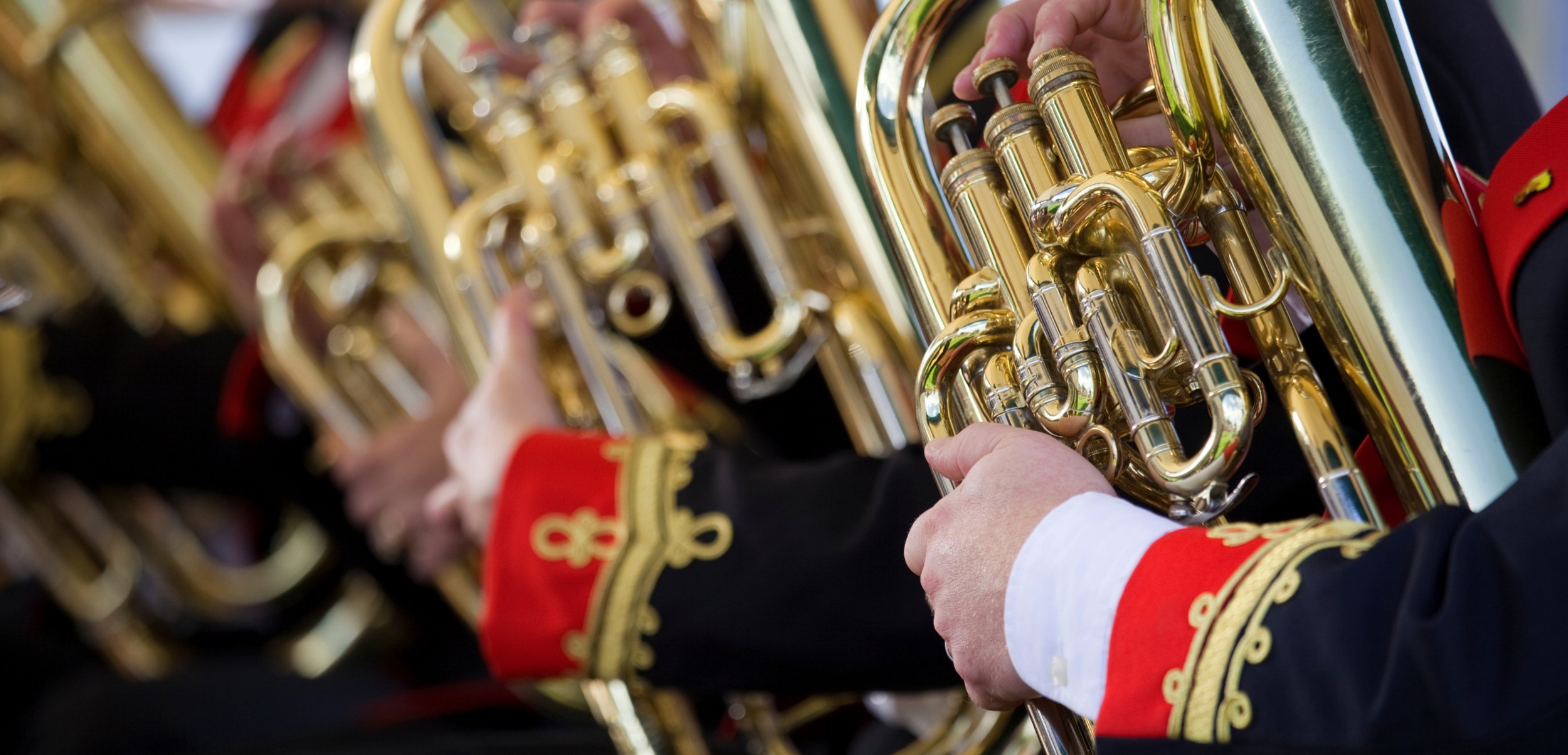
Brass Band
Sinfonietta: The Town Beneath the Cliff
Grade 4 | 15 Mins
Sinfonietta: The Town Beneath the Cliff was commissioned by Holmestrand Ungdomskorps from Vestfold in Norway.
The work is in four movements:
1. FANFARE
After a brief percussion introduction, the opening movement is based on a rather angular and assertive fanfare which alternates between the cornets and the lower sections of the band. A more subdued, central section features a new melody on the horns, which is then taken up by the cornets, before the fanfare returns in varied form to close the movement.
2. TOCCATA
The 2nd movement is almost a moto perpetuo in which a persistent 3/4 rhythm permeates nearly every musical idea. After the rhythm is established horns enter with the main theme. This builds in intensity until a second, dance-like theme (over a euphonium ostinato) is introduced by repiano cornet and flugel horn and taken up by the full band. Several short motifs try to establish themselves before the true second subject appears on the solo cornets, accompanied by the pervasive 3/4 rhythm. After building to a climax the music returns to the horn theme which opened the movement, followed by a reprise of the second theme. But the sombre mood now changes and the music moves into the relative major for the first time, bringing the movement to a joyous close.
3. HYMN
Euphonium and solo cornet share a lyrical duet before the hymn itself is introduced, a simple melody harmonised with many ‘added’ notes. The hymn grows in intensity until a passionate iteration is accompanied by a florid descant. The euphonium and solo cornet once again converse, leading to a peaceful close.
4. SCHERZO FINALE
The last movement opens with a short phrase from Holmestrand’s own ‘town song’ – Holmestrandsangen. Suddenly, though, a rhythmic vivo interrupts and flies off in a new direction. The form echoes that of the Toccata and horns once again enter with the main theme before the full band takes it up. A bridge passage features short fanfare figures before horns enter with a new ‘chorale’ idea after a change of key. This once again increases in intensity until a climax is reached, leading to a truncated recapitulation, which is suddenly interrupted by a complete version of Holmestrandsangen, accompanied by a florid passage based on the opening theme. A short coda brings the work to a close.
